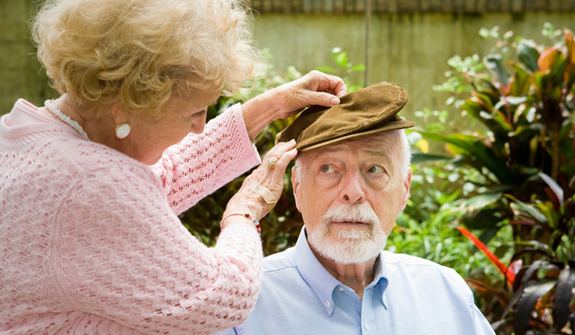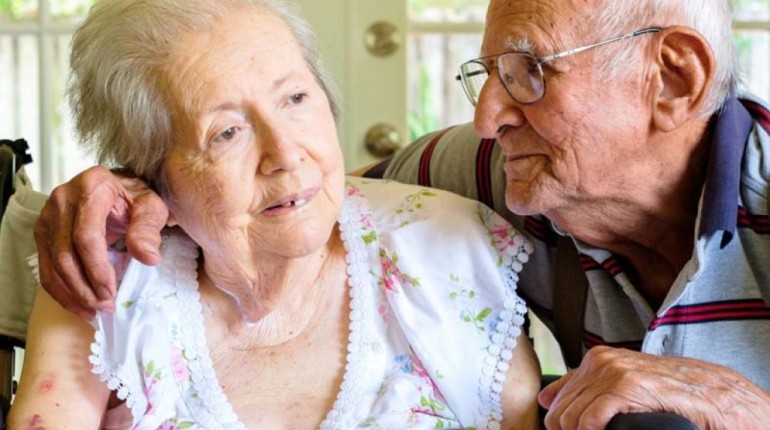The terms “dementia” and “Alzheimer’s” are often used interchangeably, not knowing that they are not the same thing. The incorrect assumption can often cause confusion for a patient, or a family member of a patient, who may be trying to learn about Alzheimer’s Disease.
Alzheimer’s and dementia are still a mystery in many ways. This is why the two similar diseases are often mixed up in every day conversation and understanding. According to the National Institute on Aging (NIA), Dementia is a brain disorder that affects communication and performance of daily activities whilst Alzheimer’s disease is a form of dementia that specifically affects parts of the brain that control thought, memory and language.
![]()
![]()
![]()
![]()
 Because Alzheimer’s usually progresses slowly, a person with the disease may experience a gradual decline in cognitive abilities over a period of seven to 10 years, according to the Mayo Clinic. Though symptoms generally appear after age 60, early-onset forms of the disease can occur, usually as the result of a gene, according to the National Institute on Aging.
Because Alzheimer’s usually progresses slowly, a person with the disease may experience a gradual decline in cognitive abilities over a period of seven to 10 years, according to the Mayo Clinic. Though symptoms generally appear after age 60, early-onset forms of the disease can occur, usually as the result of a gene, according to the National Institute on Aging.
Alzheimer’s symptoms include getting lost, asking repetitive questions, experiencing difficulty handling money and paying bills, having poor decision-making skills, frequently misplacing items and undergoing personality changes. Those with Alzheimer’s also tend to take longer than before to complete normal daily tasks. As Alzheimer’s progresses and becomes severe, people may lose the ability to communicate and recognize oneself or family members.
On the other hand, when a person is diagnosed with dementia, they are being diagnosed with a set of symptoms. This is similar to someone who has a sore throat. Their throat is sore but it is not known what is causing that particular symptom. It could be allergies, strep throat, or a common cold. Similarly, when someone has dementia they are experiencing symptoms without being told what is causing those symptoms.
Image Credits: kidgalore, livescience, livestrong
